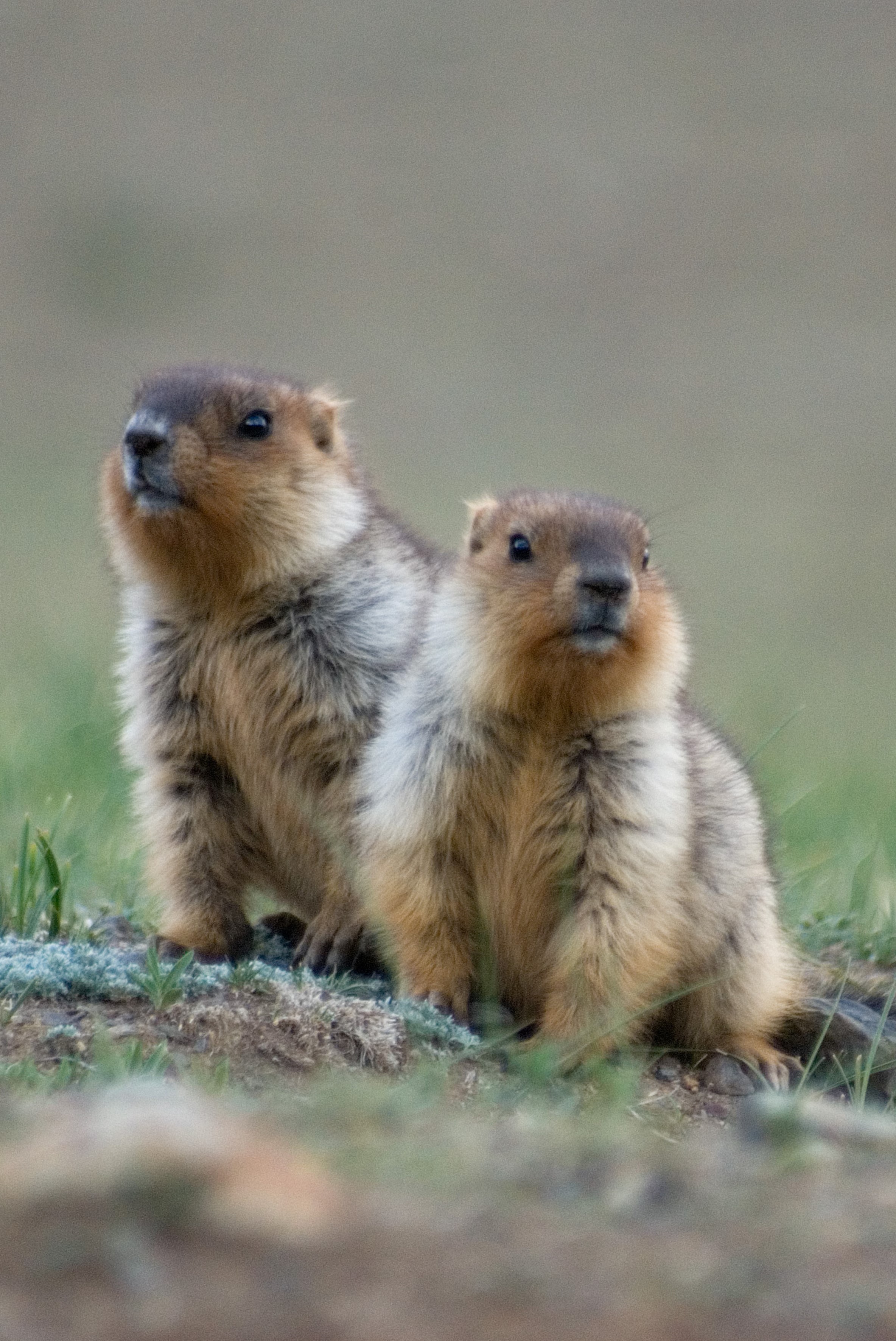The Laboratory of Genome Evolution and Mechanisms of Speciation was formally organized in 2017. However, both the team and the research of the lab have a much longer history and incorporate the legacy of several earlier labs, notably the Laboratory of Cytogenetics established by N.N. Vorontsov in 1977.
The research interests of the lab members encompass speciation via chromosomal rearrangements, sex determination, hybridization, and local adaptation. The traditional problems of evolutionary biology are addressed using the approaches of cytogenetics, population genetics, and genomics that are often combined with the methods of classical genetics and field observations. The animals we work on include rodents, fish, insects, and crustaceans.
Here are the main topics we study:
- Chromosomal speciation and sex determination in mole voles Ellobius (Irina Bakloushinskaya, Aleksey Bogdanov, Valentina Tambovtseva)
- Mechanisms of speciation in ground squirrels (Oleg Brandler, Svetlana Kapustina, Andrey Tukhbatullin)
- Invasion of Asian ladybird Harmonia axyridis (Alla Blekhman)
- Evolution of the mixed environmental/genetic sex determination in the crustacean Daphnia (Yan Galimov, Valentina Tambovtseva, Andrey Tukhbatullin).
During field research, lab members collect specimens for several biodiversity collections held at the Institute. These collections include frozen tissues of mammals and invertebrates as well as laboratory cultures of the mole Ellobius, ladybird Harmonia and crustacean Daphnia.
Recent research
The role of hybridization in biological evolution and cases of hybridogenic speciation is one of the most complicated but also interesting and actively studied topics. Russet ground squirrel Spermophilus major is known as a fine biological species according to a number of criteria—morphological, ecological, and behavioral, respectively. Nevertheless, a large body of evidence has accumulated on the hybridization of S. major with four neighboring Spermophilus species. Our goal was to identify their contribution to the nuclear and mitochondrial genome of S. major, and to propose a hypothesis describing the hybridization history in space and time. We found that 36% of S. major individuals had extraneous alleles, and every contacting species contributed to S. major’s genetic variability. Our data suggested at least five independent hybridization events that were associated with shifts in the species ranges due to paleoclimate changes. Two of them were potentially accompanied by mitochondrial captures with replacement of the mitochondrial genome of one of the hybridizing species. We highlight the potential threat to the existence of S. major as a species under the current conditions of population decline along with the simultaneous influx of extraneous genes. It is also particularly important to emphasize the necessity of protecting this inhabitant of unique steppe communities.

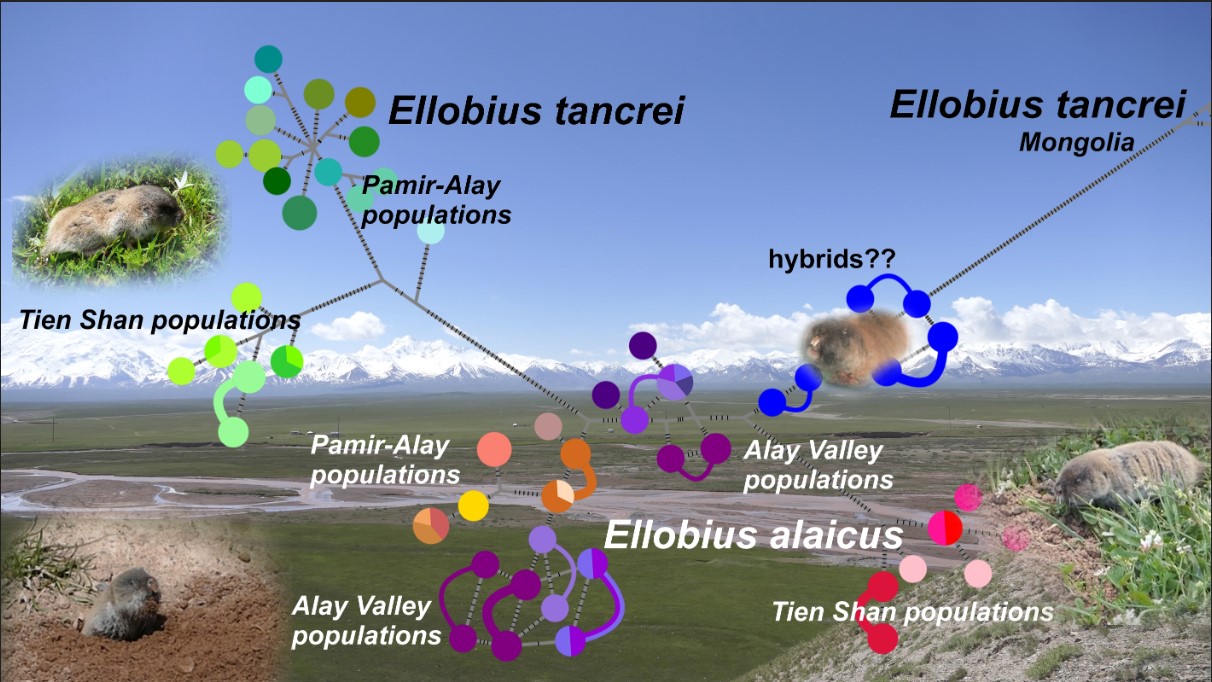
Model objects
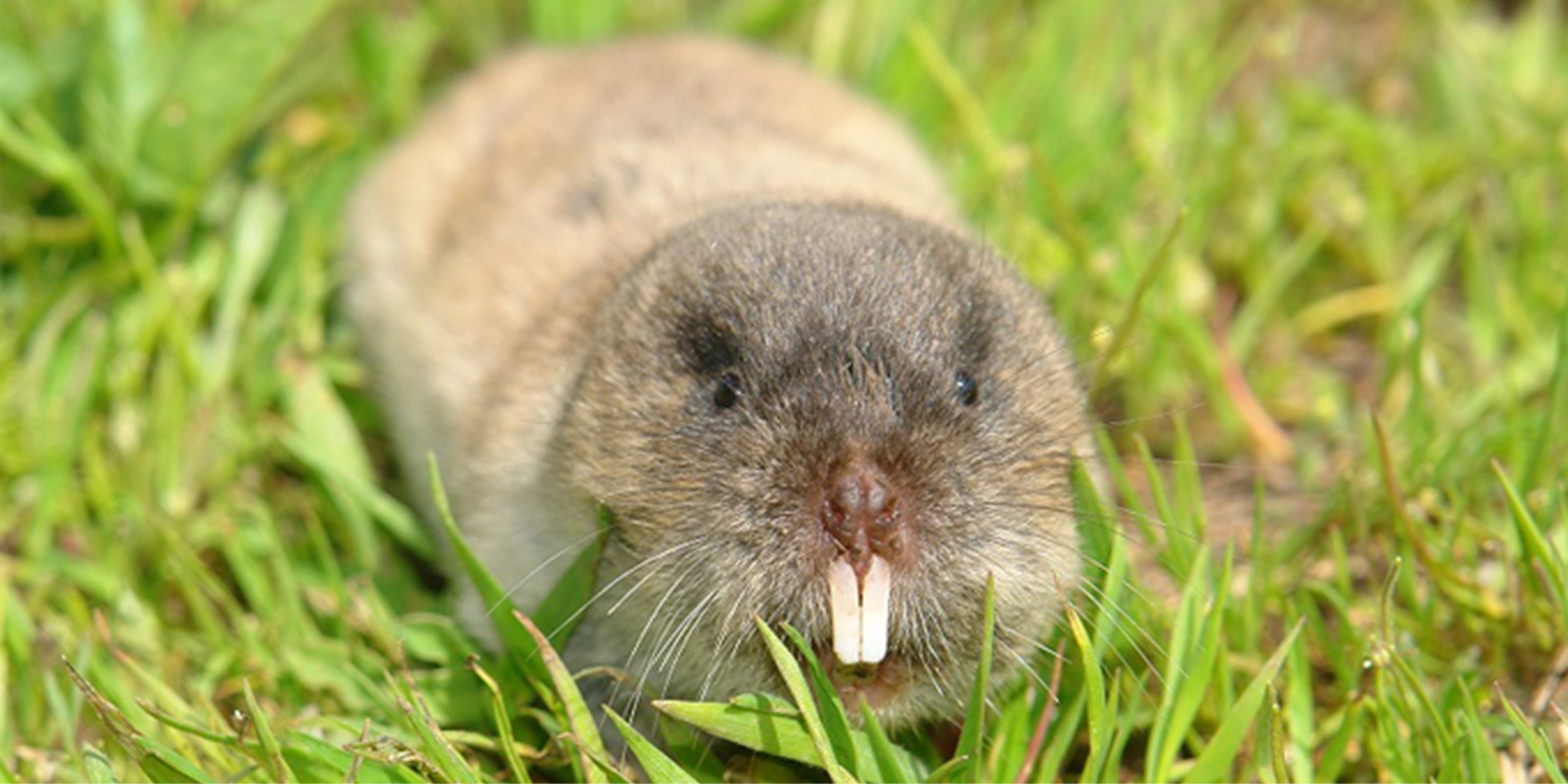
Mole vole (Ellobius tancrei)
The Lab Members

Yan Galimov
Head of the Lab, PhD
Research interests: evolution, species, speciation, variability, cytogenetics, Daphnia.

Elena Lyapunova
Chief resercher, PhD, Doctor of Biological Sciences, Prof.
Research interests: evolution, species, speciation, variability, cytogenetics.

Irina Bakloushinskaya
Chief resercher, PhD, Doctor of Biological Sciences.
Research interests: cytogenetics, species, mechanisms of speciation, hybridisation, sex determination.

Oleg Brandler
Leading researcher, PhD. Scientific Director of the Kropotovo Biological Station.
Research interests: population and evolutionary genetics, phylogenetics, phylogeography, karyosystematics, zoology, ground squirrels.

Aleksey Bogdanov
Senior researcher, PhD.
Research interests: cytogenetics, phylogenetics and genosystematics of animals, species, mechanisms of speciation, hybridisation of species and intraspecific forms.
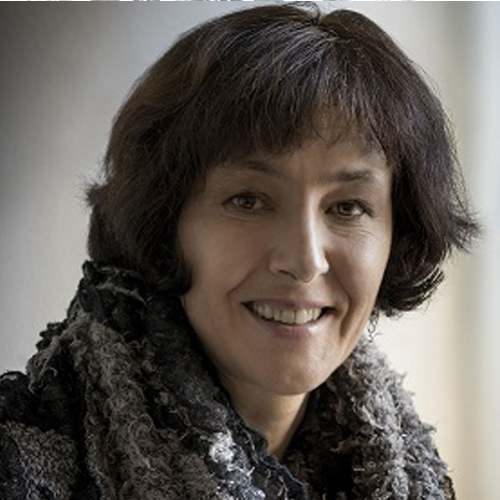
Daria Onichtchouk
Senior researcher, PhD.
Research interests: early development in vertebrates, mechanisms of mid-blastula transition, zigotic genome activation.
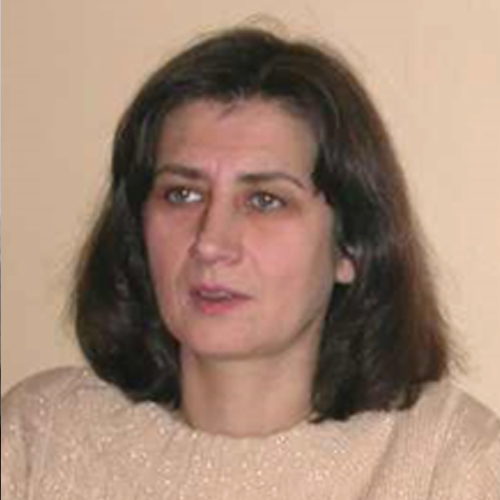
Alla Blekhman
Senior researcher, PhD.
Research interests: genetic and morphological variability, molecular genetics, speciation, Harmonia axyridis.

Svetlana Kapustina
Researcher, PhD.
Research interests: zoology, genetics, species, hybridisation in mammals, genetic variability, intraspecific variability, population genetics, phylogeography.

Valentina Tambovtseva
Junior researcher, PhD
Research interests: molecular genetics, cytogenetics, animal phylogenetics, mechanisms of speciation, hybridisation of species and intraspecific forms, species concepts, sex determination.

Andrey Tukhbatullin
Junior researcher.
Research interests: zoology, genetic variability, phylogeography, natural hybridisation, molecular genetics, ground squirrels.

Nikolay Mugue
Senior researcher, PhD.
Research interests: cytogenetics, phylogenetics and genosystematics of animals, species, mechanisms of speciation, hybridisation of species and intraspecific forms; development of morphological traits in the three-spined stickleback Gasterosteus aculeatus; molecular phylogeny of sturgeon species.
Editorial Boards:
Diversity (MDPI) Special Issue "Conservation Genetics of Sturgeons"



